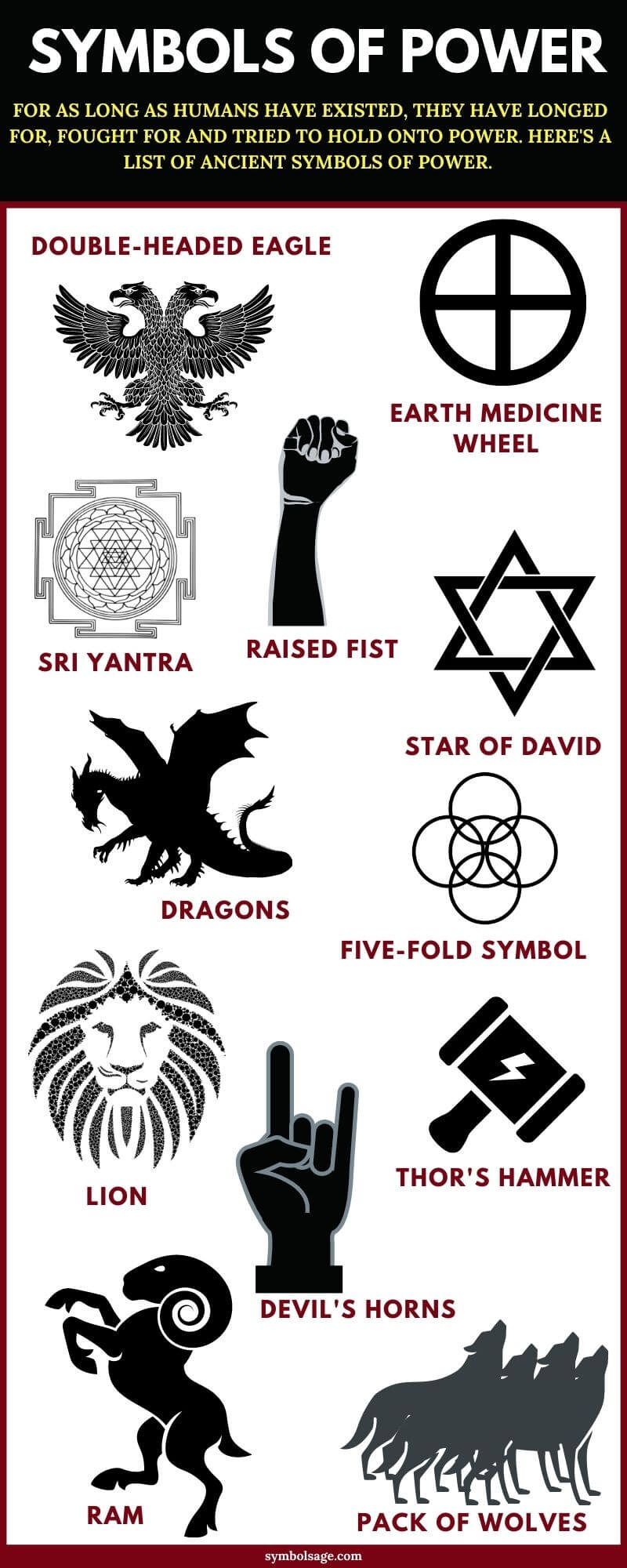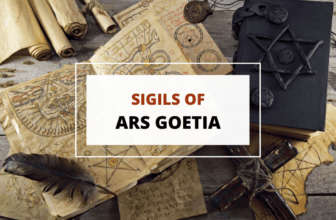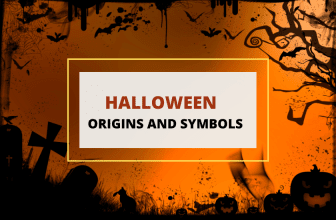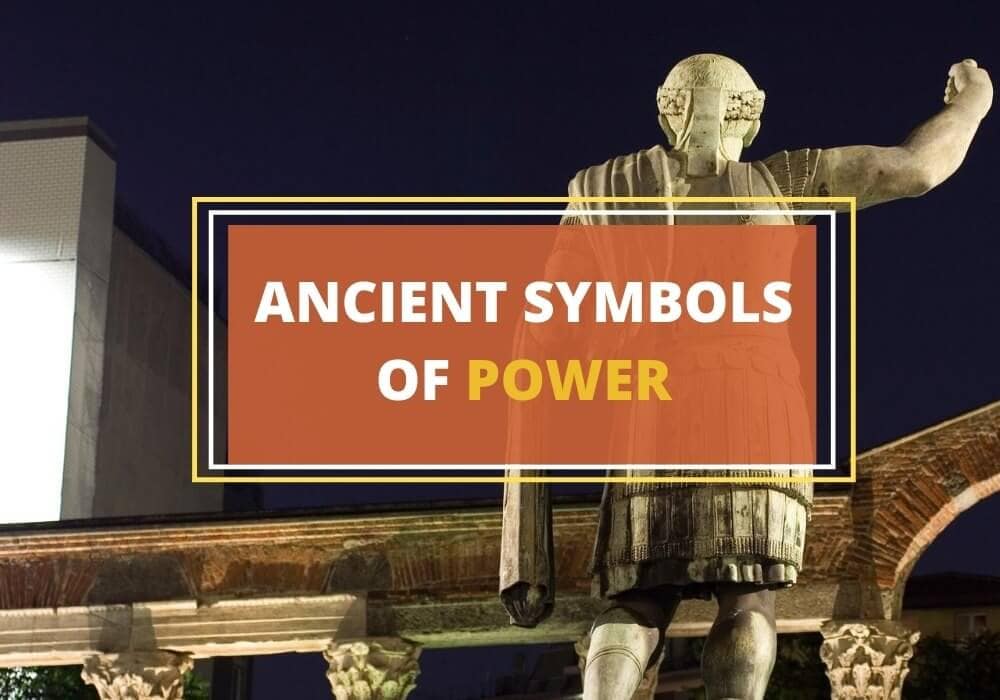
Table of Contents
For as long as humans have existed, they have longed for, fought for, and tried to hold onto power. All great wars in the world are fought for power.
Even the smallest of feuds can be interpreted as different manifestations of the classic power struggle. Power can be used for both good and bad, and while it’s neither good nor evil in and of itself, how it’s wielded makes it good or bad.
Human’s obsession with power is evident in the many symbols representing power, most of which go far back in time. Here’s a look at ancient symbols of power, many of which are still used today.
1. Wheel of Being
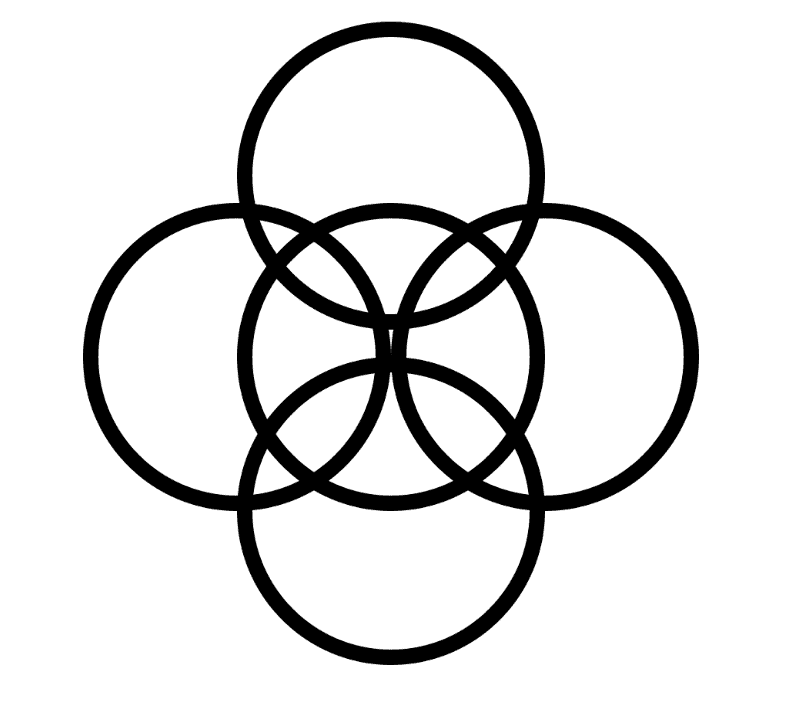
The Celtic Wheel of Being takes on many names, including the ‘Wheel of Balance’ or the ‘Five-fold Symbol.’
The symbol is composed of four circles drawn together to form a diamond formation, with a fifth circle drawn in the center.
The first four equidistant circles represent the four elements of the four seasons, and the fifth one symbolizes unity, connectedness, and balance between them.
Druids believed that this balance, in turn, represented power. They believed that striking the perfect balance between all opposing things is the true mark of power.
2. Earth Medicine Wheel
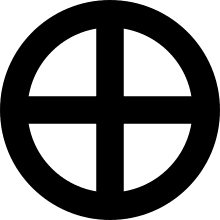
Native Americans have their own symbol of power-bringing balance. The Earth Medicine Wheel is represented by a circle divided into four equal parts by a cross. It resembles the Solar Cross.
Like the Celtic Wheel of Being, this symbol suggests that true power comes neither from excess nor want, but from finding the delicate balance between all things.
The four equal parts represent peaceful interactions between the four elements of the earth and among all beings that exist with them.
Native Americans meditate on the symbol to embody love for the earth and deep, personal power.
3. Egyptian Was Scepter
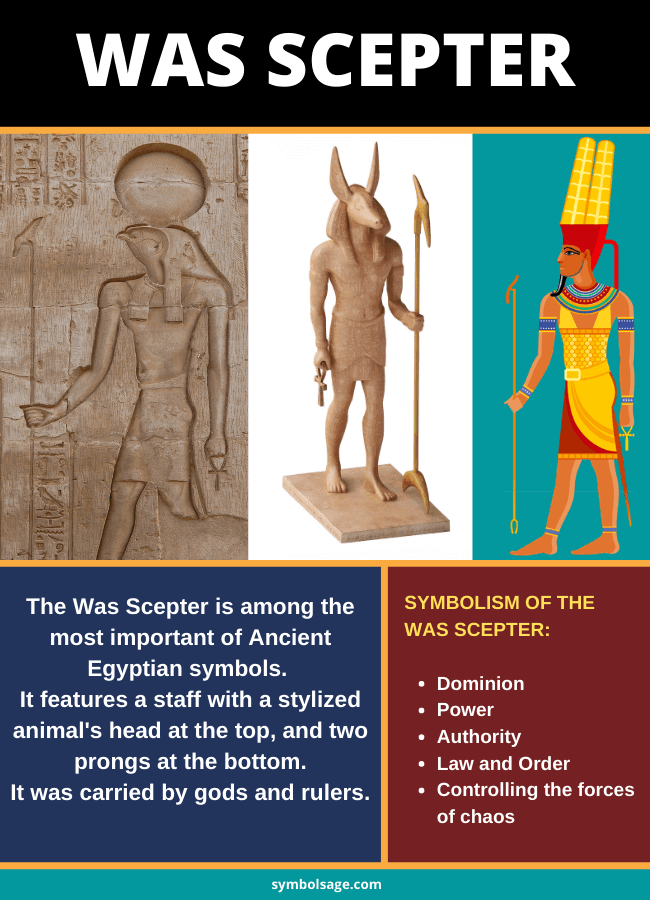
The Was Scepter in ancient Egypt often featured on art, hieroglyphs, and other relics. It’s typically represented as a simplified animal head placed on top of a long scepter that has a forked lower end.
The Was Scepter is a symbol of power or dominion over one’s subjects. It is associated either with pharaohs and rulers or with the gods Anubis and Set.
In the later Egyptian kingdoms, it was also a symbol of the pharaoh’s or Set’s power over the forces of chaos that are trying to invade the world.
4. The Eye of Ra
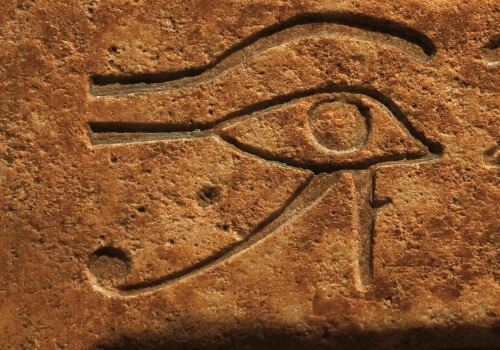
The Eye of Ra is one of the most famous Egyptian symbols even if it’s often confused with the Eye of Horus.
While the latter is a symbol of health and unity, however, the Eye of Ra represents the absolute power and authority of the Sun God Ra and the pharaoh who ruled in his stead.
The Eye of Ra is comprised of a large bronze disk. It symbolizes the sun and two Uraeus cobras or Wadjets standing to the left and right of it.
Few know, that the Eye of Ra functions as Ra’s feminine counterpart as it’s associated with several of Egypt’s goddesses such as Sekhmet, Hathor, Wadjet, and Bastet.
Either way, the Eye of Ra was believed to possess incredible power. It was to be used to strike down Ra’s enemies.
5. Gayatri Yantra
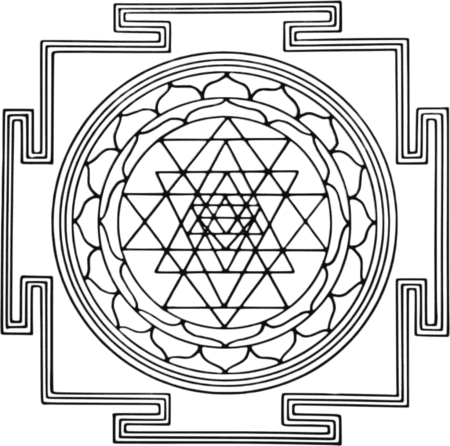
If you’re familiar with the powerful Vedic affirmation of the Gayatri Mantra, this is the symbol that accompanies it.
If the wheels discussed earlier draw power from the balance, the Gayatri Yantra, or Sri Yantra, represents wisdom and an illuminated mind as the ultimate source of power.
Manifesting with this sacred symbol is said to reduce the possibility of making short-sighted choices in life, by empowering truth and clarity.
It is thought to enhance one’s ability to sharpen his/her intellect and awareness about all creations. Together, the mantra and the yantra are said to radiate powerful enlightenment to all beings.
6. Star of David
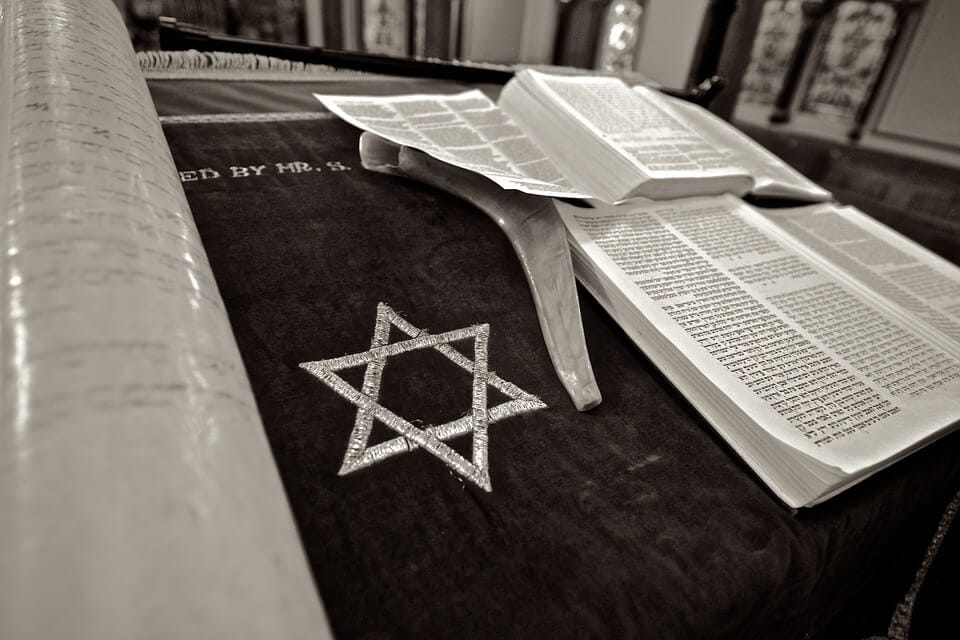
For Judaists, true power is achieved when a man is connected with his creator. This is exactly what the hexagram, known as the Star of David, represents.
The upward-pointing triangle symbolizes the divinity of the creator, while the downward-pointing triangle represents mankind. Others believe the two triangles also symbolize the union of males and females.
The space created when these two triangles are overlaid is said to represent the heart of power in connectedness.
7. The Crown
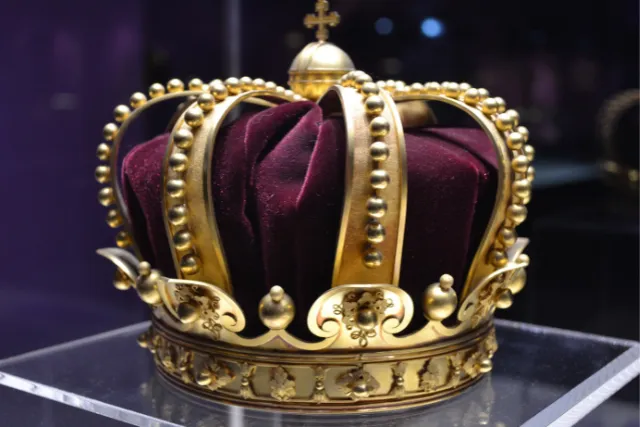
The symbolic meaning of crowns is neither metaphorical nor abstract – it’s the very reason for their existence as physical objects.
In a long-lasting human tradition of ascribing power and meaning to simple headgear, crowns are one of the most recognizable symbols of rule and authority across most human cultures.
From the woven cloth crowns of ancient Egypt, through tiaras and head circlets, all the way to huge golden crowns covered with diamonds and other gemstones, crowns have always symbolized power and rule.
Their symbolism is so engraved in our minds that we even used crowns as a figure of speech – “a crowning achievement”, “a jewel in the crown”, and so on.
8. The Throne
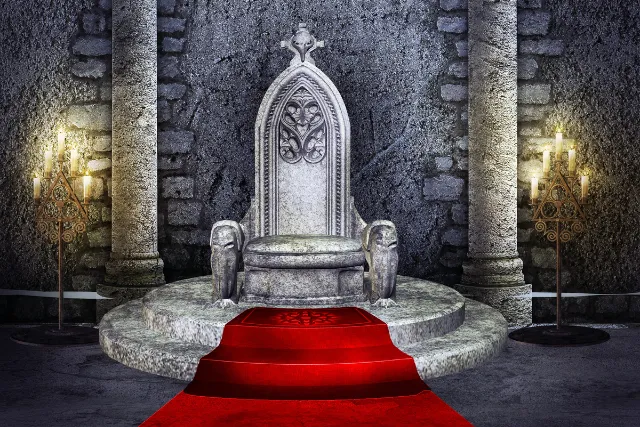
Just like crowns, thrones have always been associated with royal power and rule. While crowns have a more ceremonial symbolism, however, thrones are associated with power in a much more literal sense.
Simply put, the crown is something the ruler wears to appear more royal in front of his or her subjects while the throne is what makes him or her a ruler.
When kingdoms crashed in wars for dominance over one another they didn’t fight for each other’s crown – every ruler had their own crown – they fought over each other’s thrones. After all, another term for a throne is “a seat of power”.
9. Dragons

Dragons are legendary creatures that are highly regarded around the world, especially in Celtic myths and Asian culture.
Historically, the Chinese dragon is associated with imperial powers, with all the great nobles and dynasties using the symbol to represent potent and auspicious powers.
In modern-day China, high-achieving people who possess wealth, power, and influence are likened to dragons, while people without much esteem or power are associated with other creatures, like worms.
As for Druids, dragons represent both power and fertility. Ancient writings dictate that the first creature was a dragon that was born when the sky fertilized the earth with wind and water.
10. The Uraeus
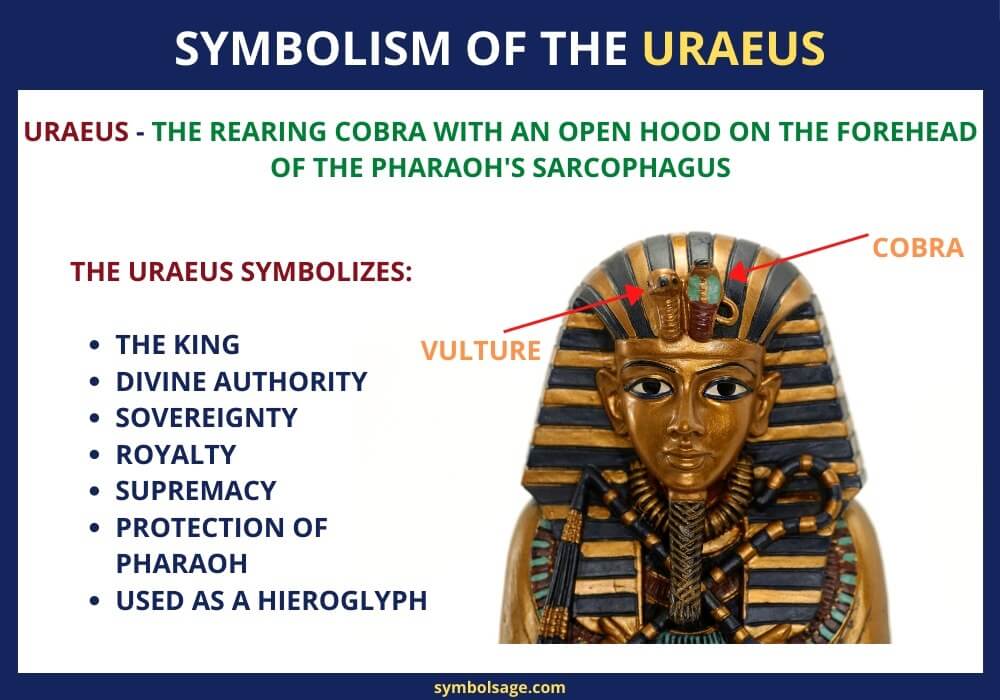
The Uraeus, or the rearing King Cobra, the symbol is one of the oldest Egyptian symbols of power and sovereignty. It was worn as an ornament on the crowns of Lower (Northern) Egypt’s pharaohs.
The Rearing Cobra was the symbol of the early Egyptian dominant goddess Wadjet who herself was represented as a rearing cobra with an open good.
That’s why the Uraeus symbol is also often called a Wadget. It was likely worn on the pharaohs’ crowns to represent that they were protected by the goddess as well as acting in her will.
Even after Egypt’s unification and the evolution of Egyptian mythology and religion, the Uraeus and Wadget remained worshipped and incorporated into the pharaohs’ symbolism and accessories.
Throughout the middle ages and Christianity’s dominance, snake symbolism of any kind was associated with evilness and sin. However, the Uraeus King Cobra has remained a famous symbol of power to this day.
11. The Roman Imperial Aquila
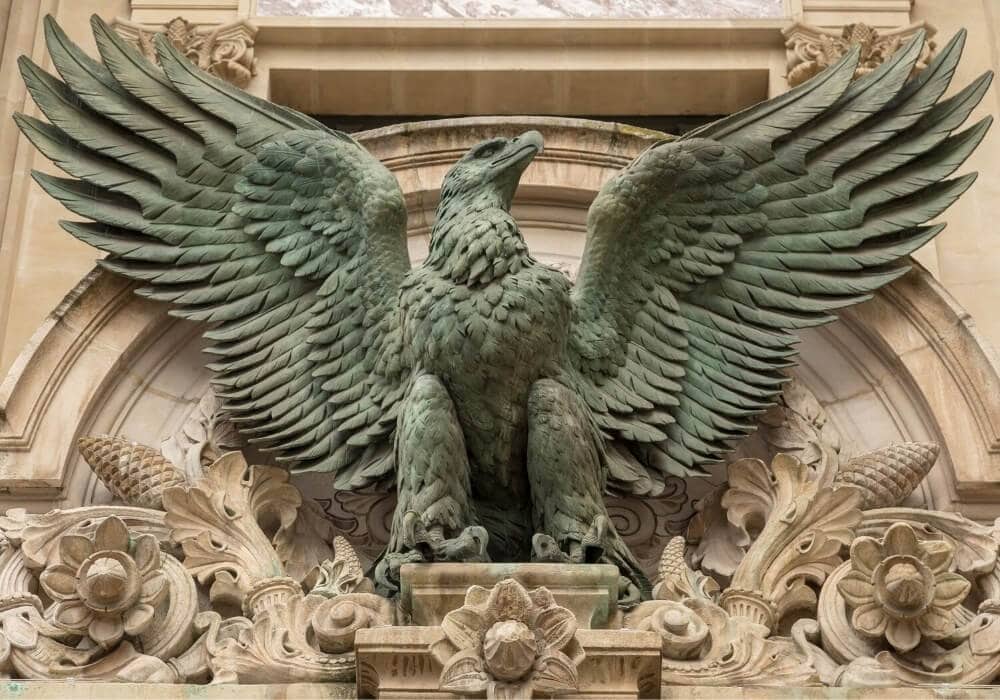
The Imperial Aquila or the Roman eagle with wide-spread wings was the symbol of Roman military power and dominance over the world for many centuries.
Even after the fall of the Roman Empire, the Aquila remained widely used in many countries and cultures which fancied themselves as Rome’s descendants.
The symbol was associated with early-to-mid 20th century Germany during the two World Wars and is Germany’s symbol to this day but is so widely used that wasn’t tarnished by its brief associations with Nazism.
That’s likely because of both its historical significance and universal appeal as eagles were viewed as symbols of power for millennia even outside of Europe.
12. Double-Headed Eagle

If eagles typically symbolize power, one can only imagine the immense power that is represented by double-headed eagles.
The symbol was highly significant in Ancient Rome and the Byzantine Empire, where it was used as an emblem of power and dominion.
Its origins go much further back, with evidence of a dual-headed eagle in Mycenaean Greece, dating to beyond 1100 BC.
13. Lion
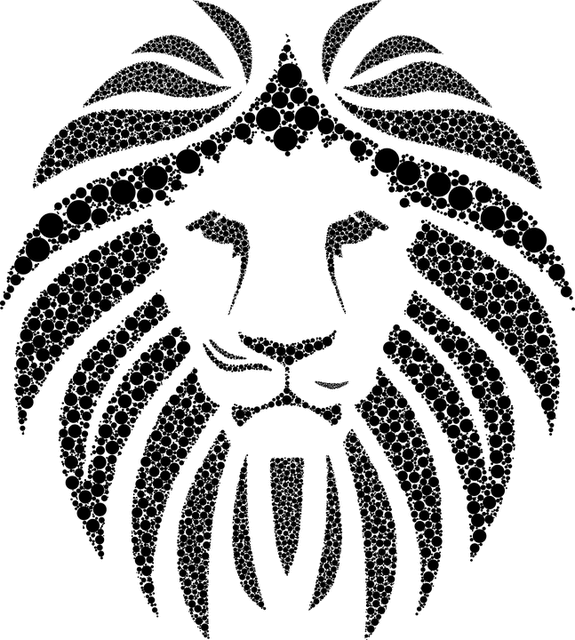
Lions are no longer just kings of the jungle. Nowadays, they are seen guarding cities in the form of statues, and even in the creative branding of some huge brands and banks.
The strength and fighting spirit of the feisty animal make it a logical choice to be a symbol of power, dignity, and leadership.
In Egyptian culture, the big cat was associated with the intense heat of the sun. It is viewed in the likeness of the Egyptian goddess, the Eye of Ra.
She is thought to be the embodiment of power that protects her people from everything wicked. The lion was also highly significant in Ancient Persian culture and was often depicted together with the sun.
14. Pack of Wolves
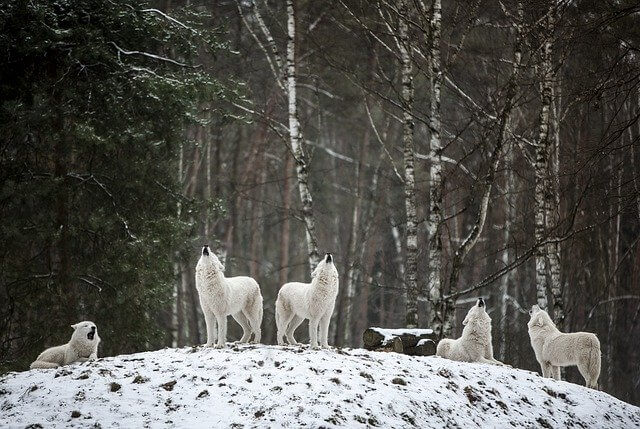
A lone wolf is a symbol of independence and freedom, but an entire pack of wolves symbolizes strength and power. It is brought about by the sense of belonging and loyalty to a family or a community.
It signifies that humans are at their most powerful when there is something they have committed to protect or guard.
At the same time, when compared to lions, wolves are wilder, which means the imagery of a wolf pack can represent the power to be bold. They reach into one’s most primal needs to follow the desires of one’s heart.
15. Ram
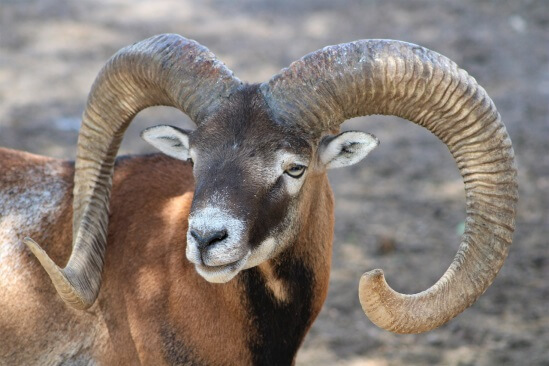
Its magnificent mix of endurance, stubbornness, and focus makes the ram a popular insignia for strength and power.
The animal is usually used to depict warriors that have both raw strength and the critical thinking needed to win battles.
The powerful Amon Ra of Egyptian legends is also associated with the mighty creature. In astrology, rams are connected with the Aries sign. People born with this sign are said to exhibit powerfully strong will, confidence, and dynamism.
16. Devil’s Horns
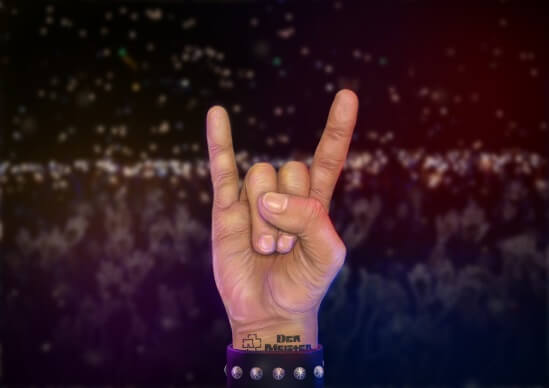
If you are asked to hold up the sign of rock and roll using only your hands, chances are you would be throwing up a mean pair of devil’s horns.
Despite its modern-day usage in hard rock, the symbol’s history actually goes all the way back to ancient India.
The Buddha is said to have used the devil horn gesture to cast out demons and remove obstacles to a free mind, such as the illness of the body and negative thoughts.
These associations have made the devil’s horns a symbol of power, strength, and independence.
17. Thor’s hammer
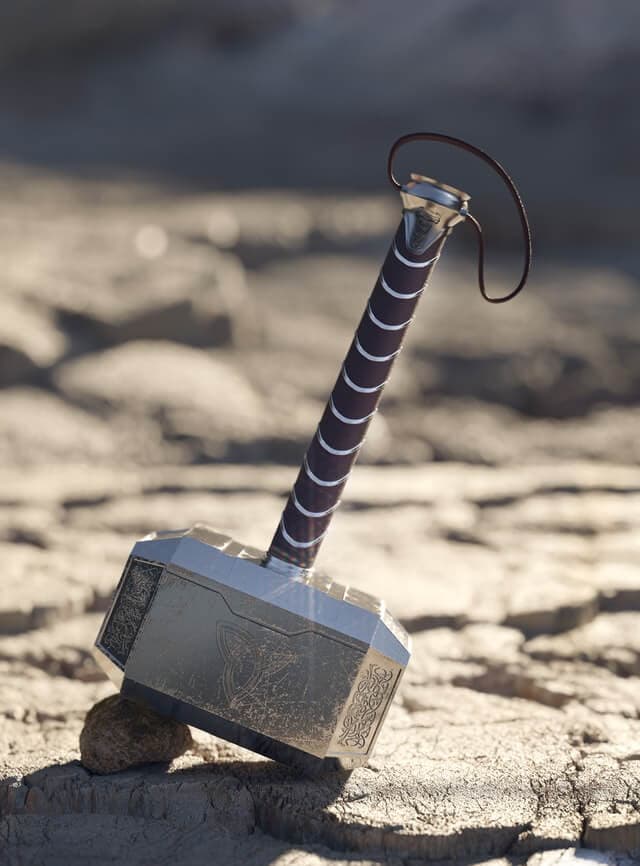
Some of the most recognizable symbols of power and brute strength include the Helm of Awe, Odin’s spear, and the troll cross.
Still, none of these strikes as much awe and fear as Mjölnir, or Thor’s hammer.
According to Norse mythology, after it was used by the thunder god, the hammer became one of the most feared and powerful weapons in existence.
At the same time, Thor’s protectiveness makes his weapon a symbol of blessing and consecration. It is used to bless important celebrations like births, marriages, and even funerals.
Today, Thor’s hammer continues to be a highly popular symbol, often used in pop culture, including movies, graphic novels, jewelry, and fashion.
18. Raised Fist
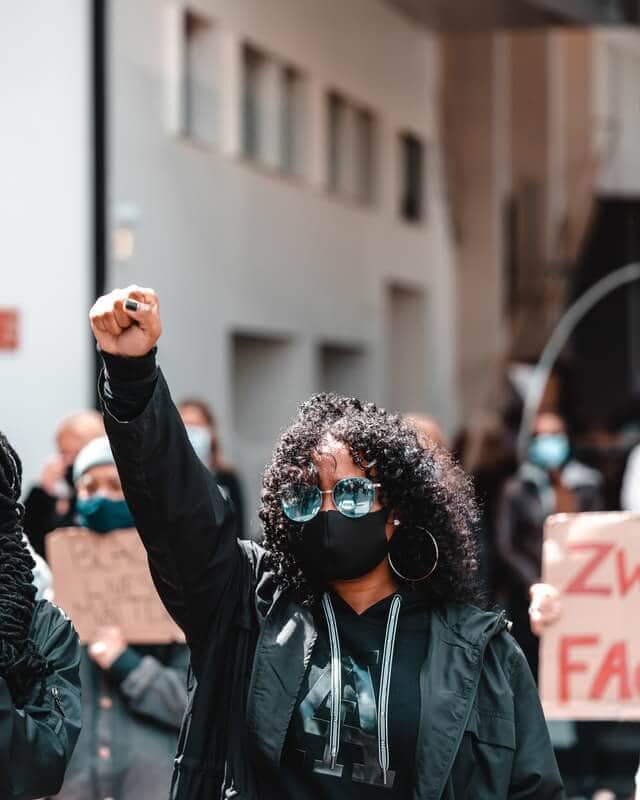
Historically, the raised fist has been a symbol used to depict power to the people. It is a symbol of defiance against authoritarian rule and an oppressive status quo. It is used to represent resilience and facing adversity to take back power to the masses.
According to National Geographic, one of the earliest recorded instances when a raised fist was brandished dates back to 1913. This is when ‘Big Bill’ Haywood spoke to a protesting crowd during a silk strike in New Jersey.
“Every finger by itself has no force,” he said while showing his hand to the demonstrators. “Now look,” he continued, as he closed his fingers into a fist. “See that, that’s the Industrial Workers of the World,” he finished.
19. The Elements
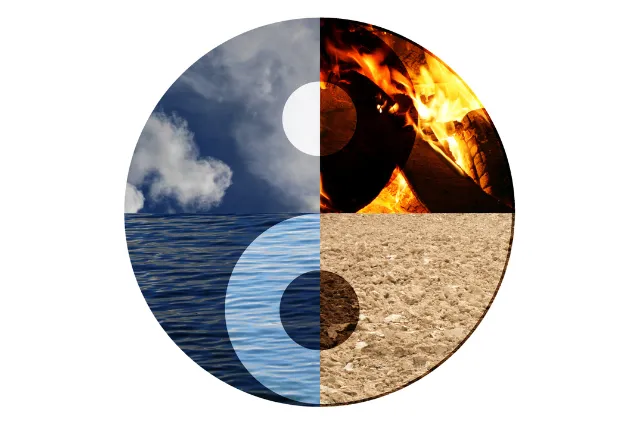
Water: There’s no doubting the innate power of water, being the source of life itself. Water holds a baby in the womb, and the baby can never survive without it for the rest of its life. As a symbol, water represents the power of life itself.
Air: Friendly winds are powerful enough to bring sailboats to their destination, while hostile winds can bring entire ships to their doom. In Zodiac, air signs are known for being stubborn and strong-willed, common manifestations of a powerful mind.
Fire: As Gary Varner put it, “Fire represents many things to many people and cultures. It is recognized as a purifier, a destroyer and as the generative power of life, energy and change. It represents illumination and enlightenment, destruction and renewal, spirituality and damnation”. Fire is a powerful force, that humans have tamed, but if out of control, it’s a force like no other.
Earth: Many cultures and religions believe that humans are created from the earth itself. Now, the earth is said to hold natural healing powers. Those with troubled minds are advised to walk the earth barefoot, in order to reconnect with our roots and gain the powerful healing powers that lie beneath our feet.
Wrapping Up
These are some of the most popular symbols of power that have been used by humans throughout history.
As humans continue to struggle for power, it is inevitable that more symbols will emerge to represent one of humanity’s greatest desires.
Similar Articles:
16 Powerful Symbols of Knowledge and Their Meanings
12 Popular Symbols of Unity – A List
Top 10 Symbols of New Beginnings with Meanings
10 Most Common Spiritual Symbols – Meanings & Importance
